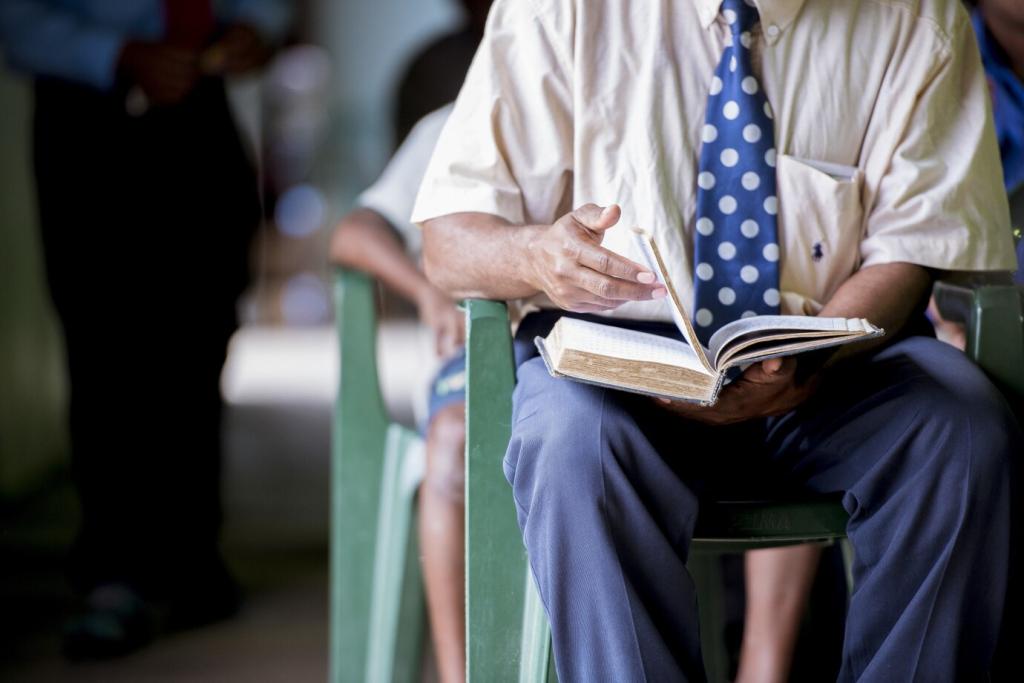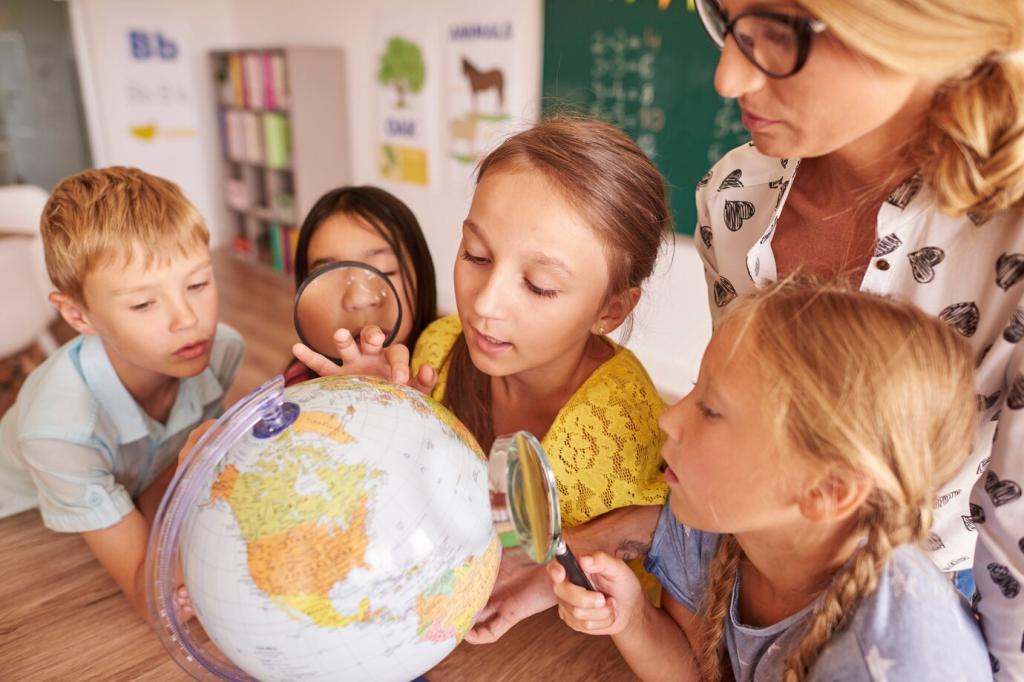
Learning Language and Culture: Interactive Activities for Children
Chosen theme: Learning Language and Culture: Interactive Activities for Children. Welcome to a friendly space where families and educators turn curiosity into everyday adventures. Expect playful ideas, heartfelt stories, and ready-to-try activities that connect words with the world. Subscribe for weekly inspiration, and share your child’s favorite culture-laced word or game with our community!
Playful Beginnings: Games that Build Words and Worlds
Craft story dice using symbols from different cultures—bento boxes, maracas, lanterns, kites—and roll to spark bilingual storytelling. Encourage children to use connectors, emotions, and gestures in the target language. One seven-year-old turned a ramen bowl into a moon boat, then narrated a gentle, hilarious voyage. Share your students’ funniest lines!
Playful Beginnings: Games that Build Words and Worlds
Hide small cultural tokens and scatter clue cards in two languages using prepositions, colors, and numbers. Children race to decode directions—under the chair, near the window, behind the blue book—building confidence and focus. End with a mini showcase about each token’s origin. Post your most inventive clue in the comments.


Kitchen Classrooms: Tastes, Words, and Traditions
Recipe Reading Rituals
Choose a short recipe in the target language and read aloud step by step. Highlight action verbs, quantities, and time phrases while children arrange picture cards to match the sequence. Celebrate mistakes as discoveries. A parent told us their child finally grasped past tense after explaining how the dough rose overnight.
Spice Passport
Open a tiny spice station with jars labeled in two languages—cinnamon, cumin, paprika, cardamom—and invite careful, supervised sniffing. Children describe aromas using vivid adjectives, then trace each spice’s geographic journey on a map. Connect flavors to festivals and family memories. Comment with the spice that best tells your family’s story.
Cultural Table Talk
Set conversation prompts at dinner: Who first brought this dish to your region? Which celebrations feature it? How do we say thank you before eating? Rotate a ‘host’ child who welcomes everyone in the target language. Record favorite phrases on a shared card and post your top table expression for others to try.


Move to Learn: Dance, Drama, and Adventure
Create a silhouette stage with paper puppets and retell a gentle folktale in the target language. Assign narrator, musician, and puppeteers, emphasizing respectful interpretation and clear diction. Children experiment with tone and dialogue, then reflect on the story’s message. Which folktale should we stage next? Suggest one from your heritage.
Curiosity Corners: Mini Museums at Home or School
Gather postcards and stamps from various countries, then investigate images, scripts, and dates. Children map locations, pronounce place names, and write micro-narratives imagining the sender’s journey. This gentle blend of geography and language invites empathy. Which postcard sparked the biggest question in your group? Share the mystery with us.
Curiosity Corners: Mini Museums at Home or School
Display small fabric samples—cotton, silk, felt, denim—and label textures with rich adjectives in the target language. Invite children to compare weaving patterns and guess climates or customs linked to each cloth. A grandparent once recognized a motif from their childhood scarf, and the room went wonderfully quiet with wonder.


Download short, child-friendly audio in the target language, then take a neighborhood walk while listening together. Pause to repeat phrases and sketch what you hear back at home. Multisensory routines build recall and calm focus. Share a sidewalk snapshot and the new word your child kept whispering with pride.
Digital Bridges: Safe Tech for Language and Culture

Bilingual Nature Bingo
Create bingo cards with leaves, bird calls, clouds, and colors labeled in two languages. Children quietly scan, whispering new words as they spot items. Add eco-manners like “leave no trace” to model care. Post a photo of a completed card and the rarest square your group proudly found.

Festival Field Notes
Attend a local cultural festival or seasonal market and collect phrases from signs, songs, and vendors. Children jot down greetings, prices, and dish names, then compare similarities with home traditions. A shy learner often blooms after thanking a musician. Share the phrase that opened your friendliest conversation today.

Map-and-Compass Stories
Introduce simple directions—north, south, left, right—in the target language while exploring a park. Children narrate routes and landmarks, then draw a comic about their journey. Cooperative navigation builds vocabulary and patience. Which landmark became your group’s favorite chapter title? Tell us, and we’ll compile a community adventure map.
